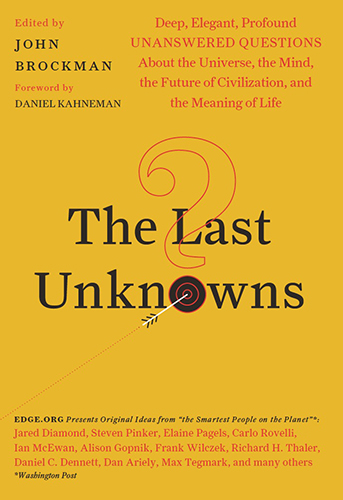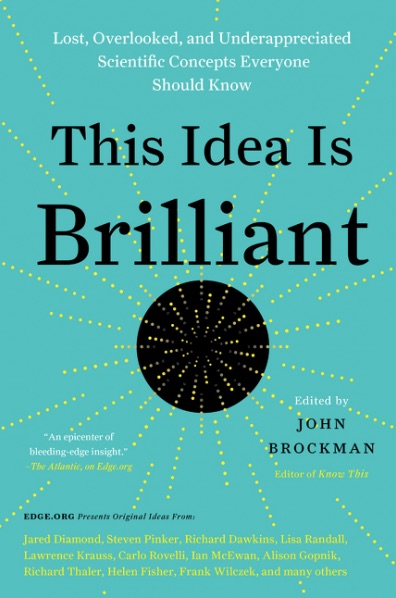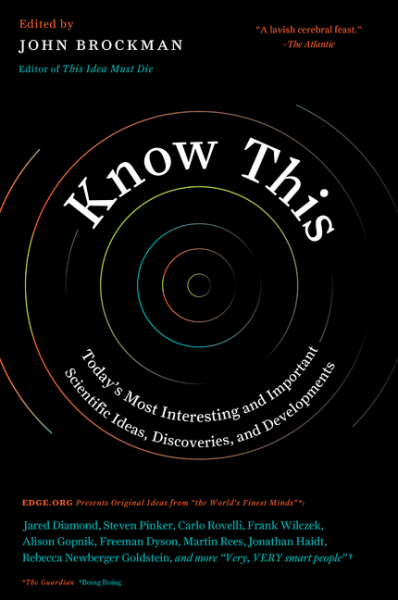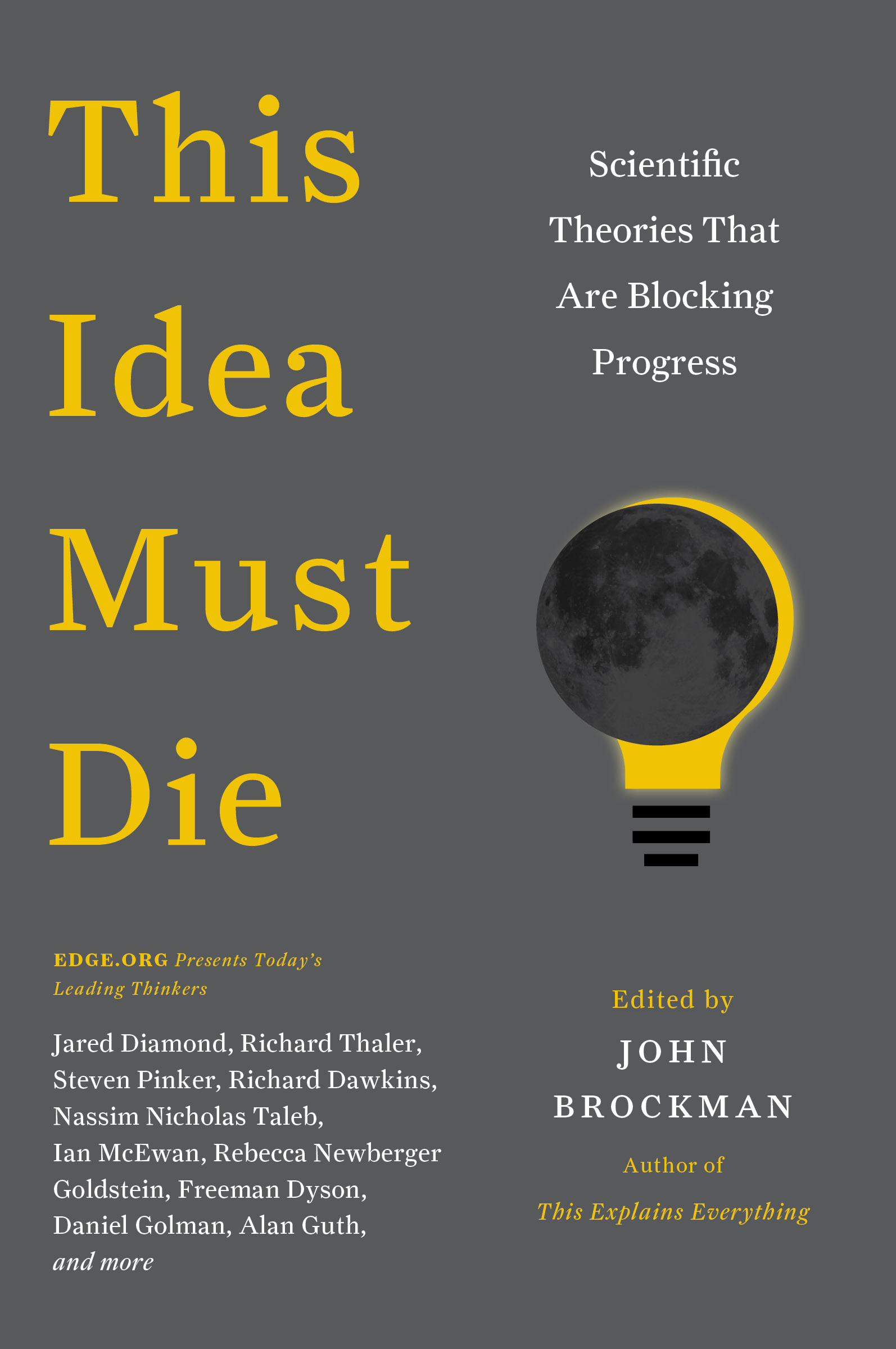Beautiful, Unreasonable Mathematics
I find most beautiful not a particular equation or explanation, but the astounding fact that we have beauty and precision in science at all. That exactness comes from using mathematics to measure, check and even predict events. The deepest question is, why does this splendor work?
Beauty is everywhere in science. Physics abounds in symmetries and lovely curves, like the parabola we see in the path of a thrown ball. Equations like eiΠ+ 1 =0 show that there is exquisite order in mathematics, too.
Why does such beauty exist? That, too, has a beautiful explanation. This may be the most beautiful fact in science.
In 1960, Eugene Wigner published a classic article on the philosophy of physics and mathematics, "The Unreasonable Effectiveness of Mathematics in the Natural Sciences." Wigner asked, why does mathematics work so well in describing our world? He was unsure.
We use Hilbert spaces in quantum mechanics, differential geometry in general relativity, and in biology difference equations and complex statistics. The role mathematics plays in these theories is also varied. Math both helps with empirical predictions and gives us elegant, economical statements of theories. I can't imagine how we could ever invent quantum mechanics or general relativity without it.
But why is this true? For beautiful reasons? I think so.
Darwin stated his theory of natural selection without mathematics at all, but it can explain why math works for us. It has always seemed to me that evolutionary mechanisms should select for living forms that respond to nature's underlying simplicities. Of course, it is difficult to know in general just what simple patterns the universe has. In a sense they may be like Plato's perfect forms, the geometric constructions such as the circle and polygons. Supposedly we see their abstract perfection with our mind's eye, but the actual world only approximately realizes them. Thinking further in like fashion, we can sense simple, elegant ways to viewing dynamical systems. Here's why that matters.
Imagine a primate ancestor who saw the flight of a stone, thrown after fleeing prey, as a complicated matter, hard to predict. It could try a hunting strategy using stones or even spears, but with limited success, because complicated curves are hard to understand. A cousin who saw in the stone's flight a simple and graceful parabola would have a better chance of predicting where it would fall. The cousin would eat more often and presumably reproduce more as well. Neural wiring could reinforce this behavior by instilling a sense of genuine pleasure at the sight of an artful parabola.
There's a further selection at work, too. To hit running prey, it's no good to ponder the problem for long. Speed drove selection: that primate had to see the beauty fast. This drove cognitive capacities all the harder. Plus, the pleasure of a full belly.
We descend from that appreciative cousin. Baseball outfielders learn to sense a ball's deviations from its parabolic descent, due to air friction and wind, because they are building on mental processing machinery finely tuned to the parabola problem. Other appreciations of natural geometric ordering could emerge from hunting maneuvers on flat plains, from the clever design of simple tools, and the like. We all share an appreciation for the beauty of simplicity, a sense emerging from our origins. Simplicity is evolution's way of saying, this works.
Evolution has primed humans to think mathematicallybecause they struggled to make sense of their world for selective advantage. Those who didn't aren't in our genome.
Many things in nature, inanimate and living, show bilateral, radial, concentric and other mathematically based symmetries. Our rectangular houses, football fields and books spring from engineering constraints, their beauty arising from necessity. We appreciate the curve of a suspension bridge, intuitively sensing the urgencies of gravity and tension.
Our cultures show this. Radial symmetry appears in the mandala patterns of almost every society, from Gothic stoneworks to Chinese rugs. Maybe they echo the sun's glare flattened into two dimensions. In all cultures, small flaws in strict symmetries express artful creativity. So do symmetry breaking particle theories.
Philosophers have three views of the issue: mathematics is objective and real; it arises from our preconceptions; or it is social.
Physicist Max Tegmark argues the first view, that math so well describes the physical world because reality really is completely mathematical. This radical Platonism says that reality is isomorphic to a mathematical structure. We're just uncovering this bit by bit. I hold the second view: we evolved mathematics because it describes the world and promotes survival. I differ from Tegmark because I don't think mathematics somehow generated reality; as Hawking says, what gives fire to the equations, and makes them construct reality?
Social determinists, the third view, think math emerges by consensus. This is true in that we're social animals, but this view also seems to ignore biology, which brought about humans themselves through evolution. Biology generates society, after all.
But how general were our adaptations to our world?
R. Lemarchand and Jon Lomberg have argued in detail that symmetries and other aesthetic principles should be truly universal, because they arise from fundamental physical properties. Aliens orbiting distant stars will still spring from evolutionary forces that reward a deep, automatic understanding of the laws of mechanics. The universe itself began with a Big Bang that can be envisioned as a four-dimensional symmetric expansion; yet without some flaws, so-called anisotropies, in the symmetry of the Big Bang, galaxies and stars would never happen.
Strategies for the Search for Extra-Terrestrial Intelligence, SETI, have assumed this since their beginnings in the early 1960s. Many supposed that interesting properties such as the prime numbers, which do not appear in nature, would figure in schemes to send messages by radio. Primes come from thinking about our mathematical constructions of the world, not directly from that world. So they're evidence for a high culture based on studying mathematics.
A case for the universality of mathematics is in turn an argument for the universality of aesthetic principles: evolution should shape all of us to the general contours of physical reality. The specifics will differ enormously, of course, as a glance at the odd creatures in our fossil record shows.
Einstein once remarked, "How can it be that mathematics, being after all a product of human thought which is independent of experience, is so admirably appropriate to the objects of reality?" But it isn't independent—and that's beautiful.

















